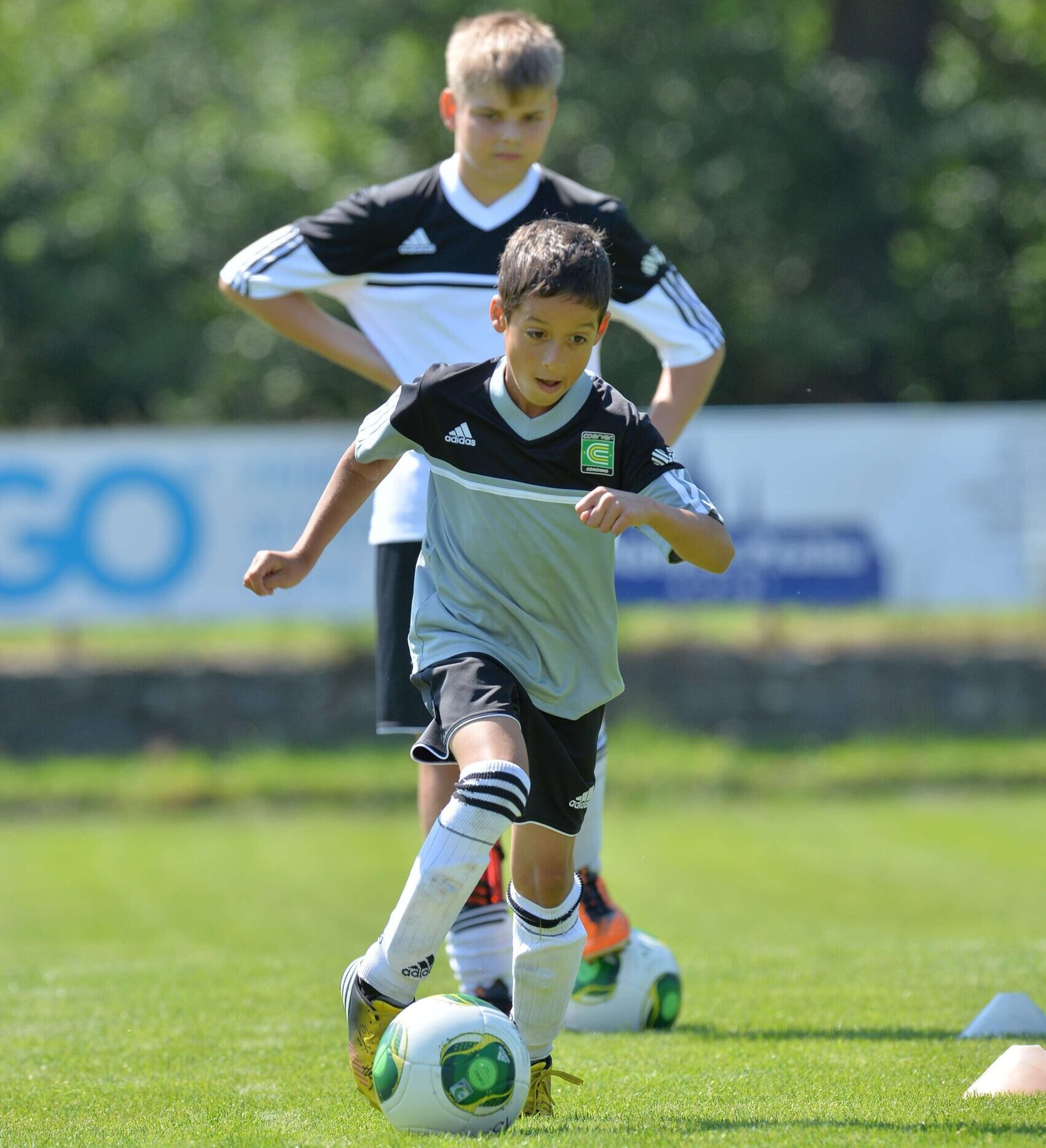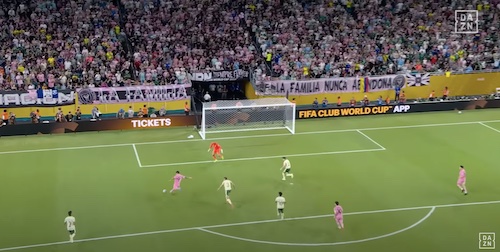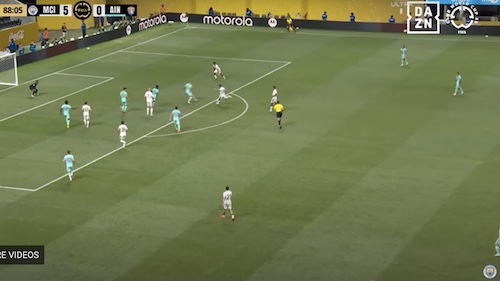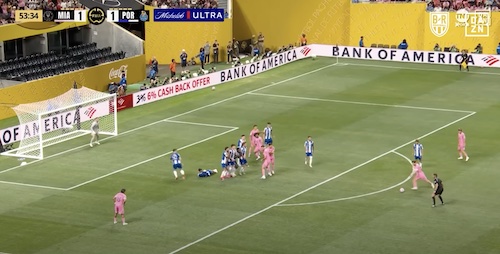2010 World Cup Scouting: The FinalBy Lawrence Ostlere The 2010 World Cup final in Johannesburg will be the first time Spain and Holland have met in a major tournament. So, with the no history to go by, which factors will be important on Sunday, and where on the pitch will the outcome of the 8th World Cup winner be decided? Style of Play Spain’s short passing style is unique and is generally considered the most attractive brand of soccer at the World Cup. Relying on masterful control of the ball, Spain dominate possession and wait patiently for the right moment to attempt an incisive pass through their opponent’s defence. Whilst the Dutch also have fine technical players on the ball, they adopt a more direct approach. The Dutch are less patient and prefer to move the ball quickly to their attacking players, increasing the tempo of the game. The contrast in styles means Spain would naturally have more of the ball and be able to control the game, setting a pace that suits them. However, if Holland work hard in midfield, they will be able to hurry Spain and increase the game’s tempo. This will help to win the ball from the Spanish so Holland can then move the ball quickly to their biggest threats, Wesley Sneijder and Arjen Robben, in order to score. This crucial battle to control the ball and the pace of the game will be predominantly played out in midfield. Midfield Battle Both sides adopt a similar system with three central midfield players. For Spain, Sergio Busquets plays short passes and breaks up opponents’ moves, whilst Xabi Alonso has licence to attempt ambitious cross-field balls and shoot from range. However, Xavi is the key. His constant movement allows him to find space whilst his near-perfect touch and pass means he almost never concedes possession. When coupled with his eye to pick out a team-mate’s run, this makes Xavi extremely dangerous, and it is no surprise that he has been nominated for the Golden Ball (player of the tournament). It will most likely be Nigel De Jong’s task to try to nullify Xavi’s threat. De Jong is energetic and destructive and if Spain have the majority of possession, as many expect them to, De Jong’s role will be crucial in winning the ball for the Dutch to start counter attacks. Marc Van Bommel will have a similar role, leaving Wesley Sneijder as the most advanced of the three to create opportunities and score goals. With five goals already in the tournament, Sneijder is vying for the Golden Boot (top scorer) and a good performance from the Inter Milan man is a pre-requisite for Dutch victory. Duels Out Wide Although Kuyt will lack the skill and speed of any other attacking player on show in Sunday’s final, his work ethic is exceptional. He tracked back effectively on several occasions against Germany to stifle attacks, and this commitment could be crucial in restricting Sergio Ramos’ impact. The sub-plot here is that Ramos’ adventurous nature often allows the opposition the chance to counter-attack down that side – something that will suit Kuyt’s energy and willingness to run. The Villa Factor Spain Expected line-up: Casillas – Ramos, Pique, Puyol, Capdevilla – Busquets, Alonso, Xavi – Pedro, Iniesta, Villa. Key substitutes/alternative starters: Fernando Torres, David Silva, Cesc Fabregas. Holland Expected line-up: Stekelenburg – Van Der Wiel, Mathijsen, Heitinga, Van Bronckhorst – De Jong, Van Bommel, Sneijder – Kuyt, Robben, Van Persie. Key Substitutes/ alternative starters: Elia, Van Der Vaart, Boulahrouz.
Lawrence Ostlere is a freelance writer and can be reached at: lawrence.ostlere@hotmail.co.uk |
2010 World Cup Scouting: The Final












 There will be two important contests in the wide areas. Arjen Robben will face up to Joan Capdevila. Robben is normally employed on the right so that he can execute his favourite (and some might suggest his only) move of cutting inside and shooting with his left foot from the edge of the penalty area. Whilst Capdevila is experienced, he is often cited as Spain’s weak link defensively, so responsibility will fall on the shoulders of the players closest to him to offer support – if the Spanish team-up to force Robben onto his right foot then they will successfully limit his threat.
There will be two important contests in the wide areas. Arjen Robben will face up to Joan Capdevila. Robben is normally employed on the right so that he can execute his favourite (and some might suggest his only) move of cutting inside and shooting with his left foot from the edge of the penalty area. Whilst Capdevila is experienced, he is often cited as Spain’s weak link defensively, so responsibility will fall on the shoulders of the players closest to him to offer support – if the Spanish team-up to force Robben onto his right foot then they will successfully limit his threat.  Perhaps the most interesting and underestimated duel, however, will be that of Dirk Kuyt and Sergio Ramos, presuming Dirk Kuyt starts on the left as he did in the semi-final. Ramos loves to get forward from right-back when Spain are in possession, as is normally the case. Often Spain’s right-sided attacker (usually the gifted Andres Iniesta) drifts inside to allow Ramos space to attack out wide. This leaves the opposing defence with a problem – should the left-back follow Iniesta inside or stay wide and cover Ramos?
Perhaps the most interesting and underestimated duel, however, will be that of Dirk Kuyt and Sergio Ramos, presuming Dirk Kuyt starts on the left as he did in the semi-final. Ramos loves to get forward from right-back when Spain are in possession, as is normally the case. Often Spain’s right-sided attacker (usually the gifted Andres Iniesta) drifts inside to allow Ramos space to attack out wide. This leaves the opposing defence with a problem – should the left-back follow Iniesta inside or stay wide and cover Ramos?  For all the intricacies in midfield and duels out wide, big matches are often decided by the pure quality of one moment, and there is no man more likely to deliver such a moment than David Villa. And, for all the Dutch class in attack, they have a fairly average back-four. Whether Khalid Boulahrouz or Gregory Van Der Wiel plays at right-back, they will have to cope with Villa if the new Barcelona signing drifts wide and cuts in from that side, as he has done to great effect at this tournament with five goals so far. The centre-back pairing of Johnny Heitinga and Joris Mathijsen were easily opened up by Brazil’s simple movement allowing Robinho to score in their quarter final, so they will need to be at their best to stop Villa on Sunday.
For all the intricacies in midfield and duels out wide, big matches are often decided by the pure quality of one moment, and there is no man more likely to deliver such a moment than David Villa. And, for all the Dutch class in attack, they have a fairly average back-four. Whether Khalid Boulahrouz or Gregory Van Der Wiel plays at right-back, they will have to cope with Villa if the new Barcelona signing drifts wide and cuts in from that side, as he has done to great effect at this tournament with five goals so far. The centre-back pairing of Johnny Heitinga and Joris Mathijsen were easily opened up by Brazil’s simple movement allowing Robinho to score in their quarter final, so they will need to be at their best to stop Villa on Sunday. 


